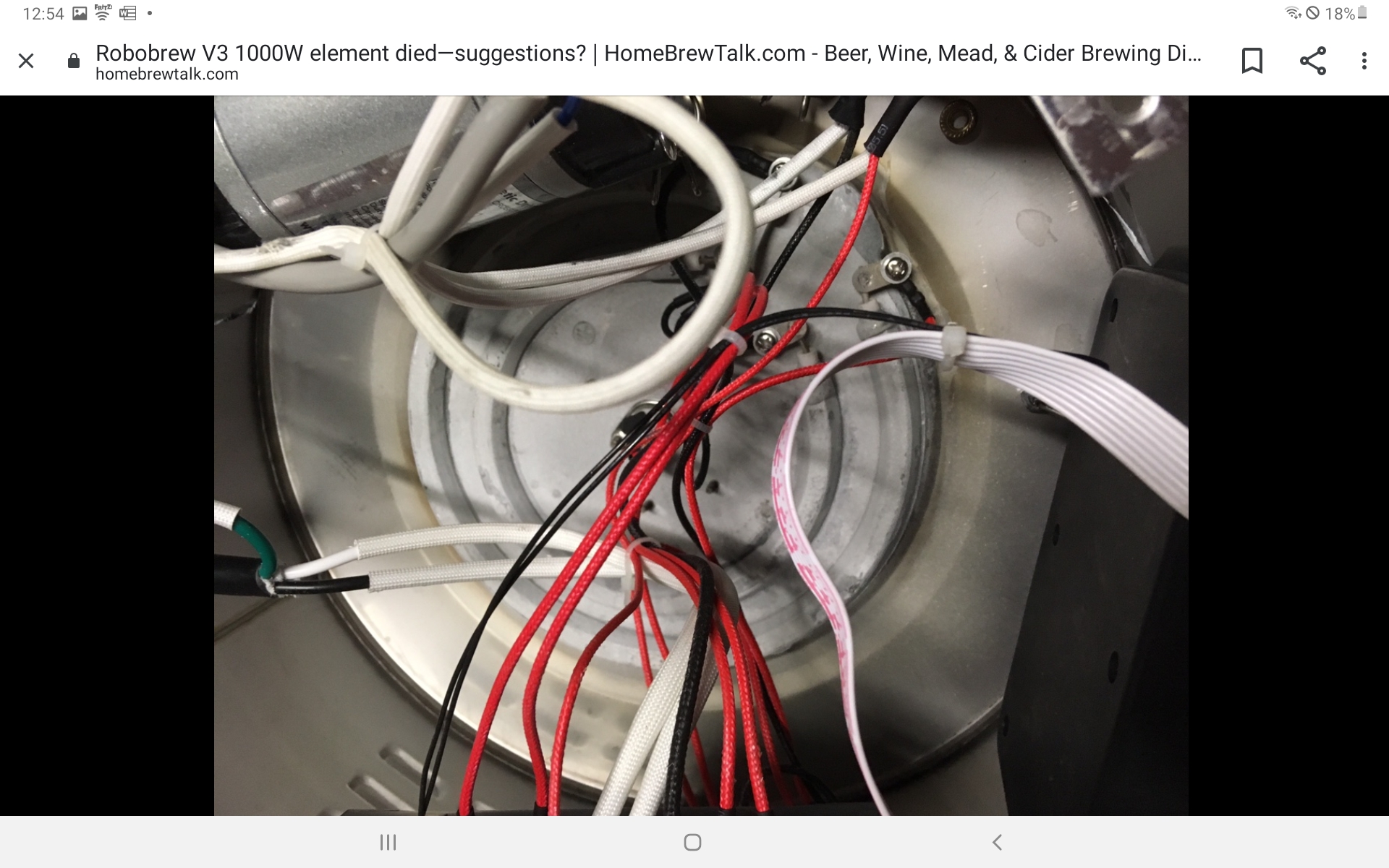Cloud Surfer
Well-Known Member
I put a sight glass on my 65L.Does the 65L have a sight glass ?
I do recirculate slowly as I dough in using the sight glass on the Guten to check that I'm not empty, that way I get more available liquid at the right temp into the mash as quickly as possible. This would mean a less thick mash as your using that unavailable water.
As things settle, grain hydrates then add more water.
I normally aim for 3 litres per kg and find that the grain tends to hold about 1 litre per kg ( but does have volume of course ), I really should measure the volume of dry grain in malt pipe and then see what volume it takes up after mash is complete.
A useful figure to know especially if you check the weight of grain after mashing.
Will get that info next time.
Never thought about recirculating during dough in. I might consider that next time I do a big beer.















![Craft A Brew - Safale S-04 Dry Yeast - Fermentis - English Ale Dry Yeast - For English and American Ales and Hard Apple Ciders - Ingredients for Home Brewing - Beer Making Supplies - [1 Pack]](https://m.media-amazon.com/images/I/41fVGNh6JfL._SL500_.jpg)











































